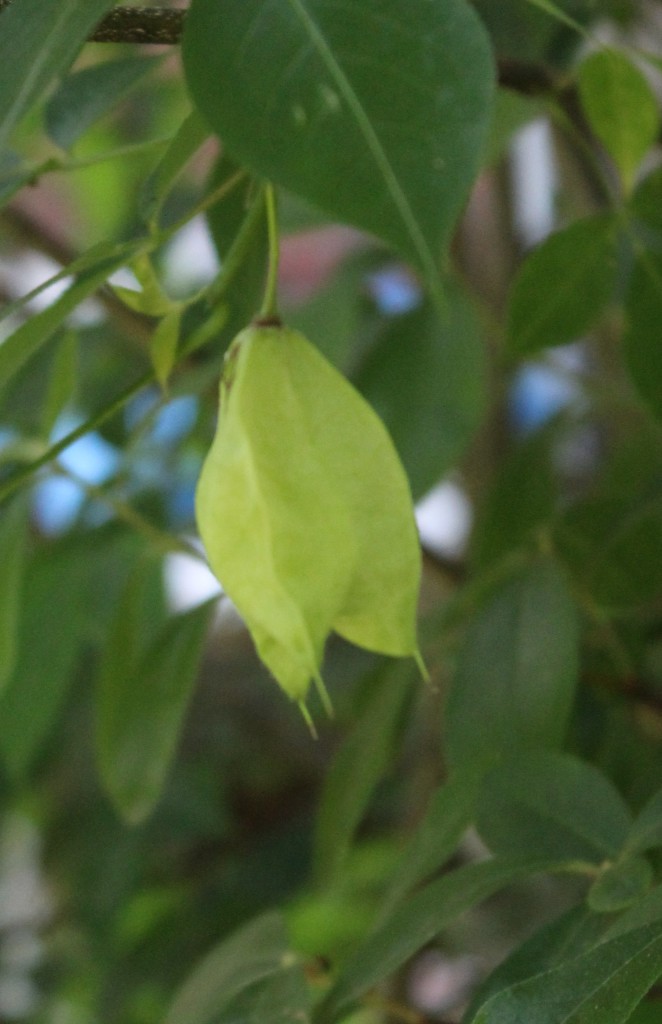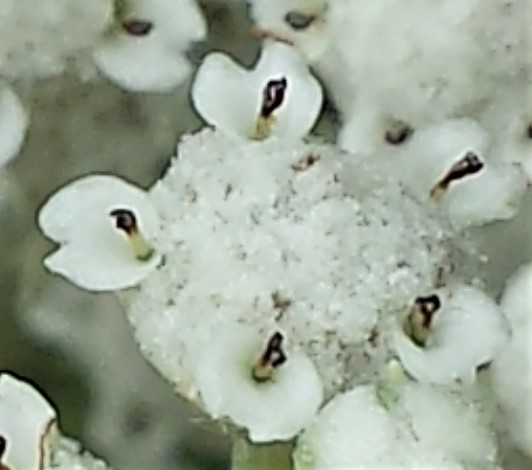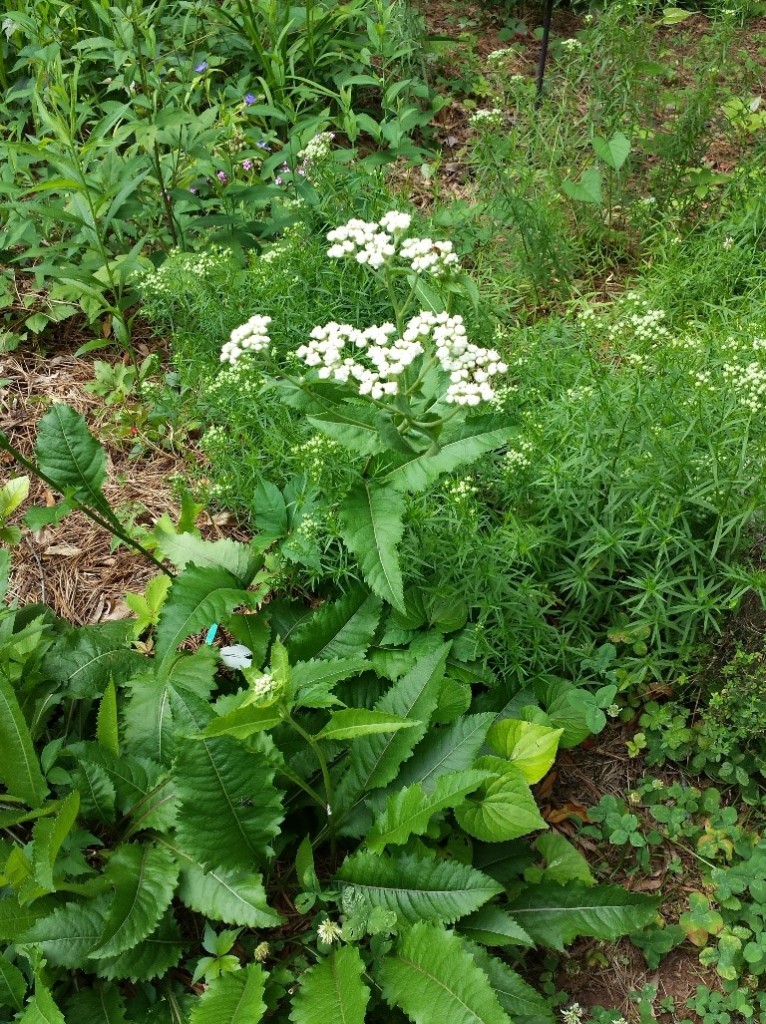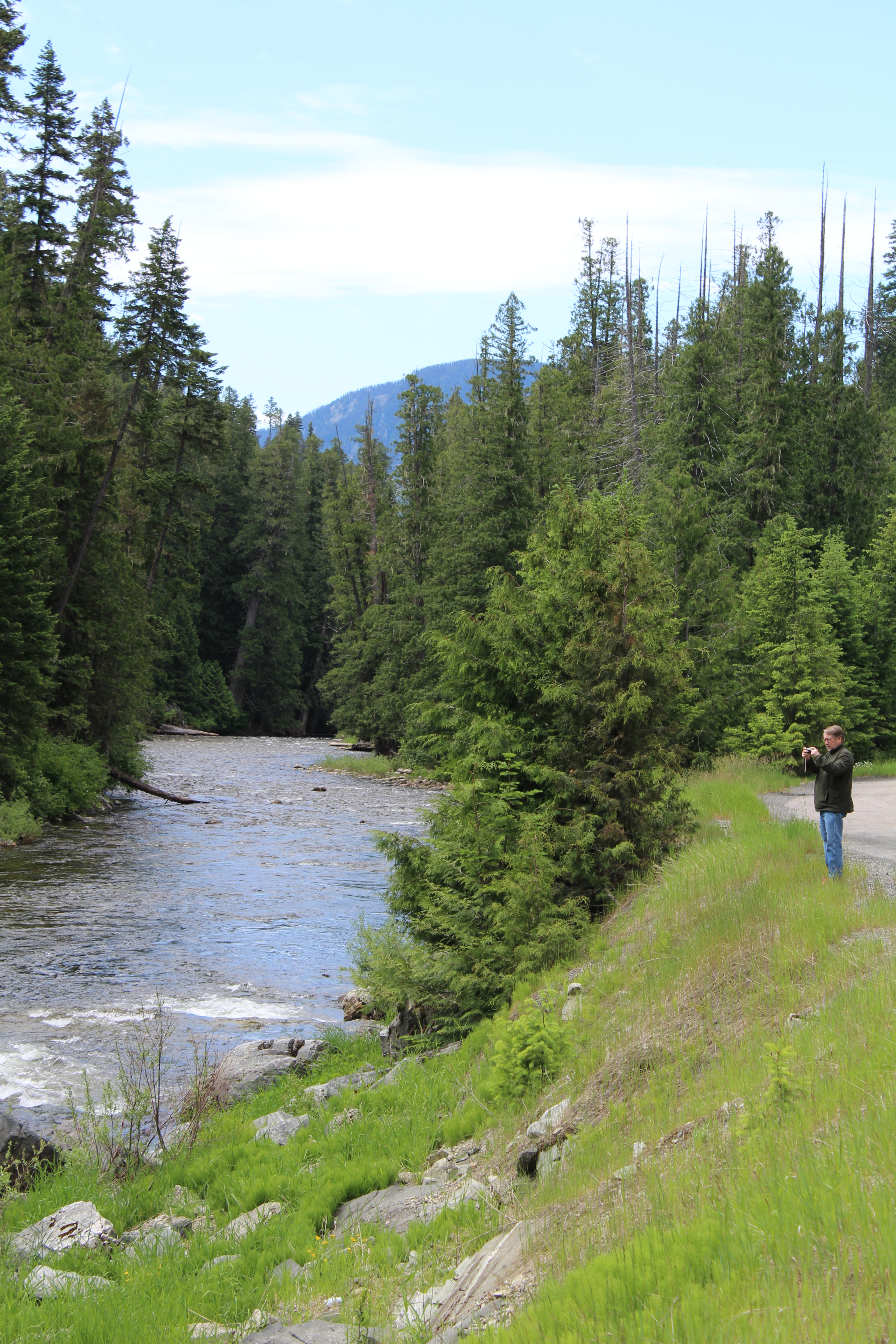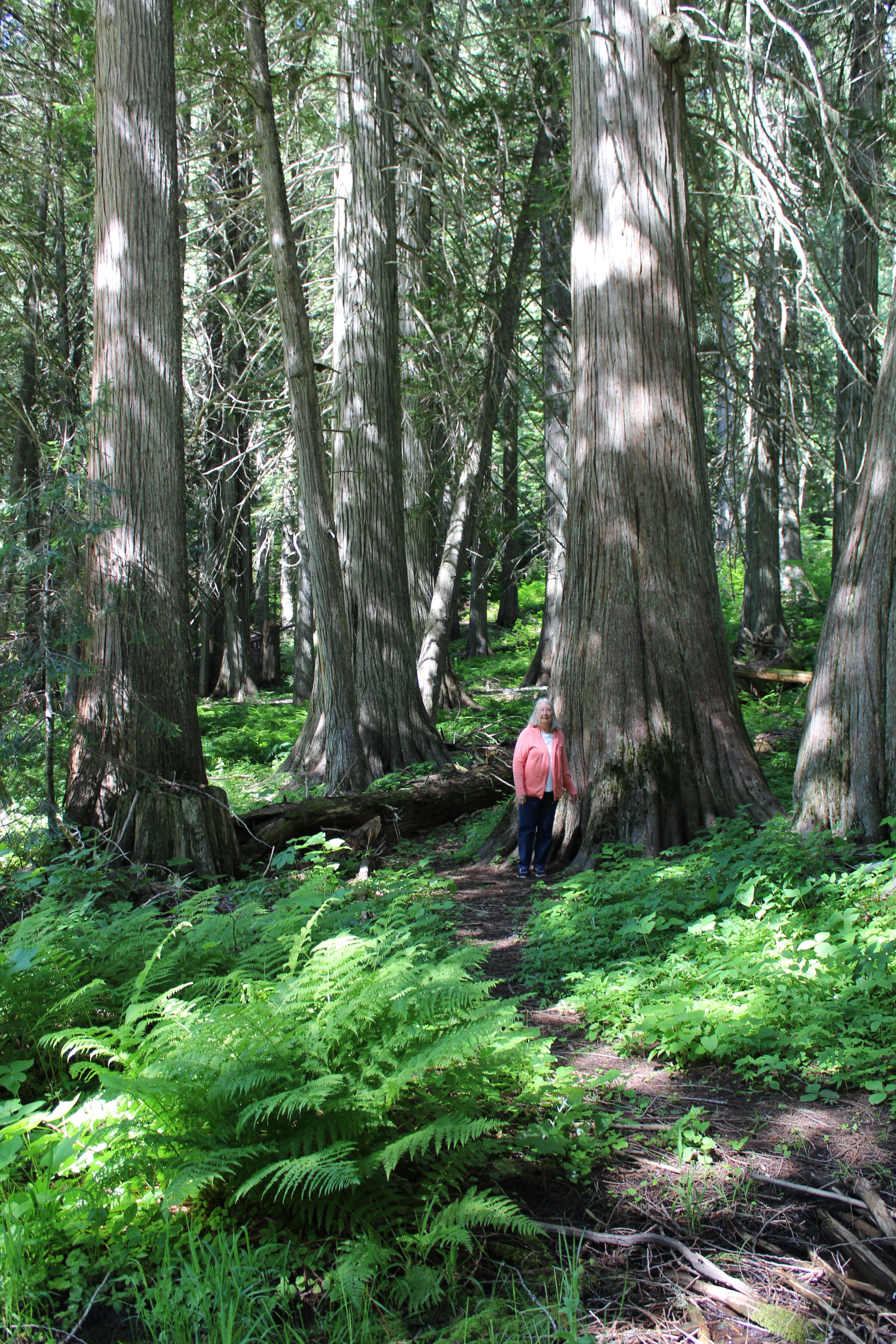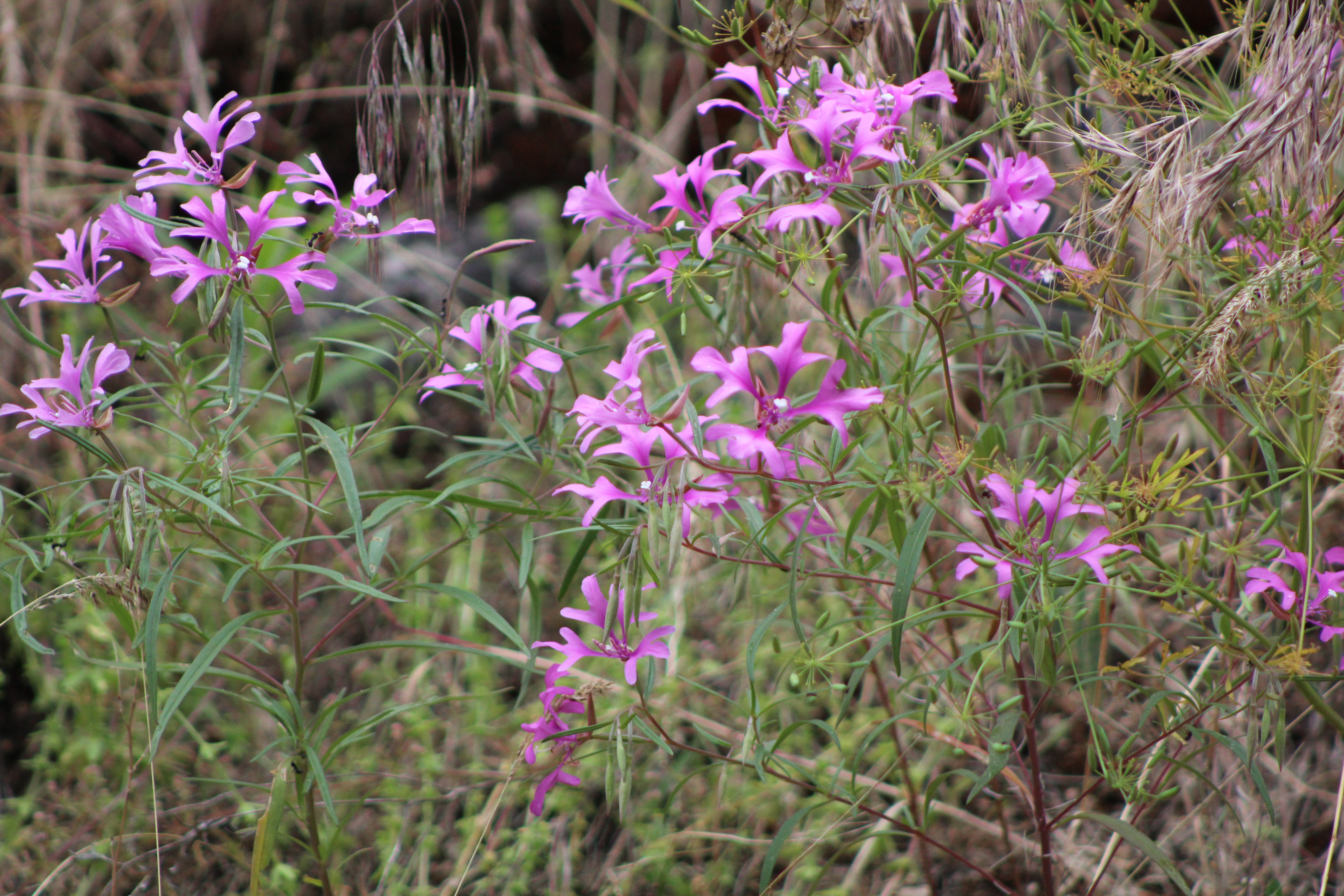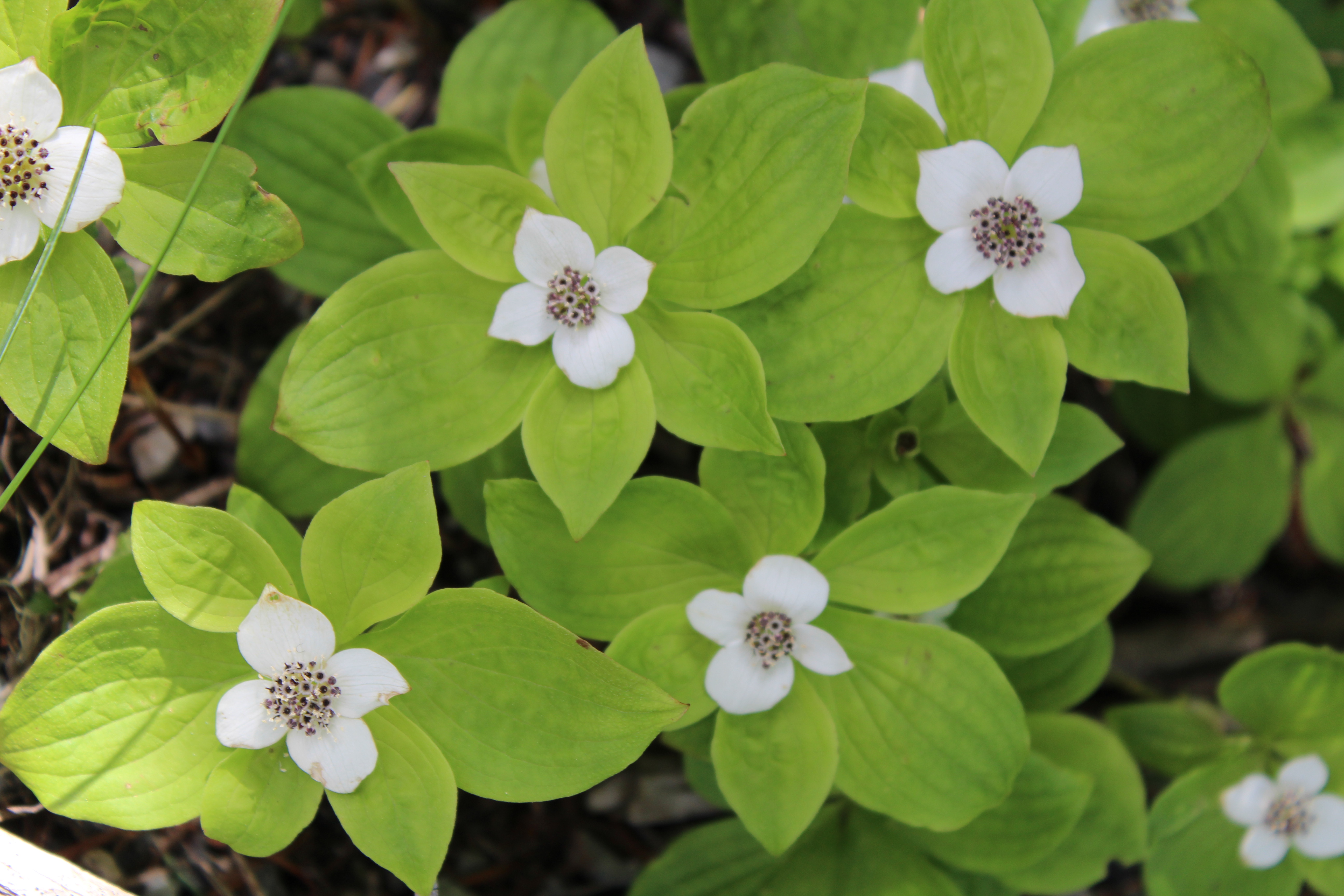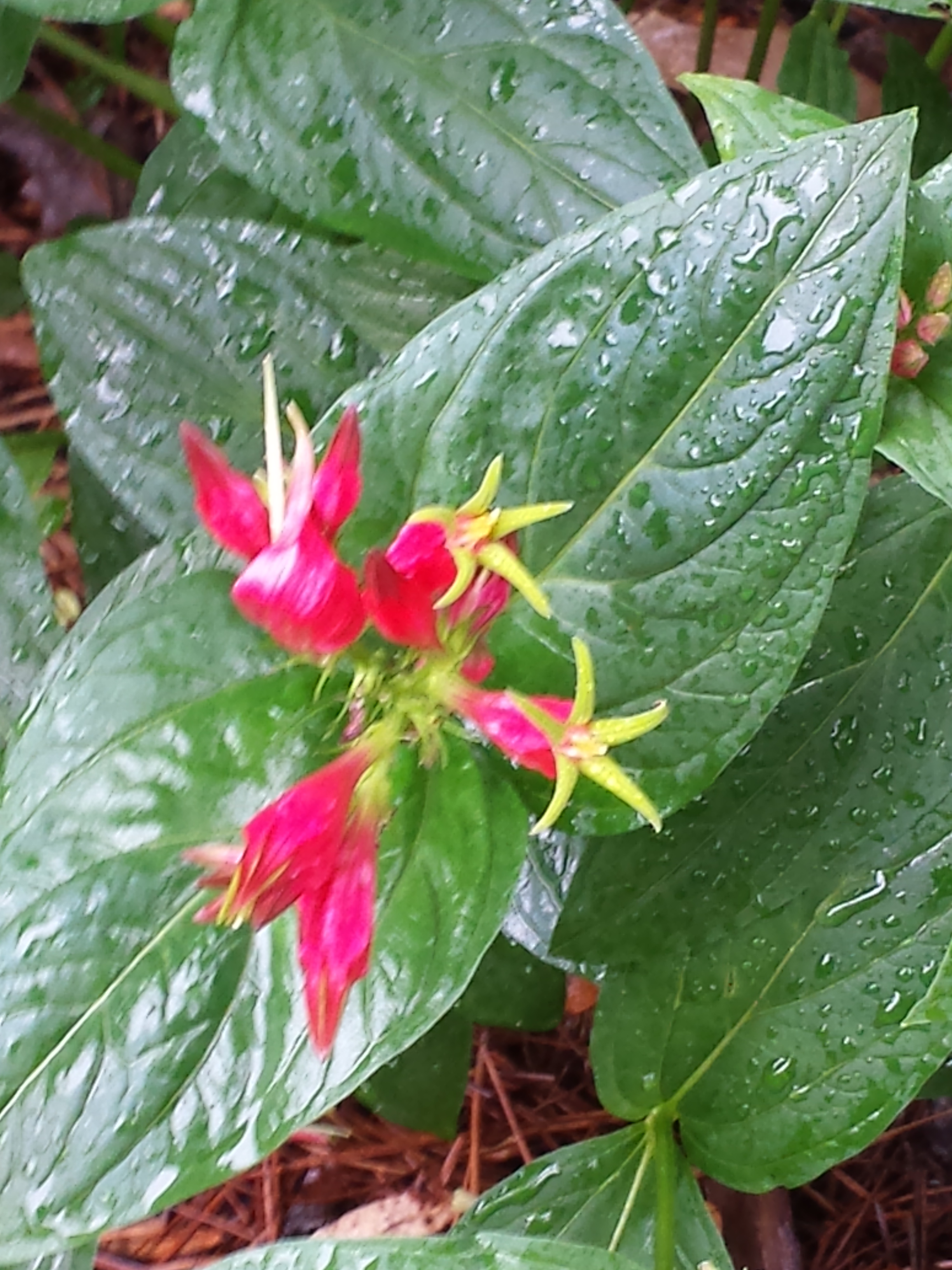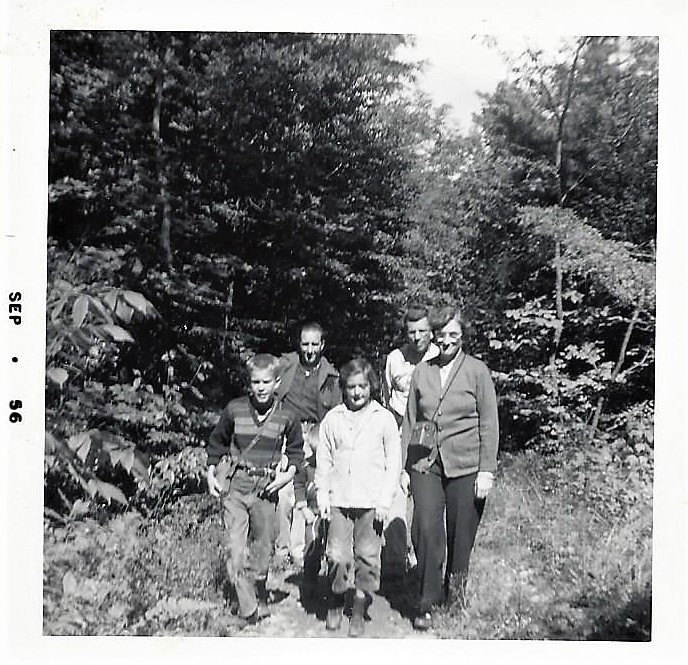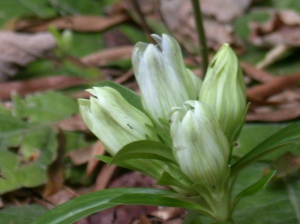In these Coronavirus-19 days, with more time than usual, I wandered down the hill in our back yard to see what spring had brought. Though well past retirement age I have maintained a way-too-busy volunteer life (herbs, native plants, plant conservation). I enjoy every minute of the time I devote to these efforts, but my garden has suffered from my absence–or so I thought.

Making my way into the old herb garden, which was a lovely place with edged pathways, trellis at the entrance, assorted shrubs at the corners, and filled with ordinary and unusual herbs. In addition to volunteer work, a bad knee kept me from the garden. A gentleman regularly mows the grassy areas for us, but the herb garden collapsed, overrun with weeds and nature’s decisions about what should be there. As I wandered through, I happened to look up and realized there is a Shagbark hickory growing in one corner. The color of the bud break caught my eye.
As the leaves break through the tip of the bud, the scales fall back, revealing their pretty orangey-pink color. The emerging leaves look almost like the anthers in the center of a flower. This tree must have appeared as soon as I left the area, for it appears to be about 7 years old, standing about 10 feet tall. There were 5 or 6 of these “flowers” showing on the tree. A Redbud (Cercis canadensis) was in bloom nearby, making the old garden a lovely spot with an entirely different look.
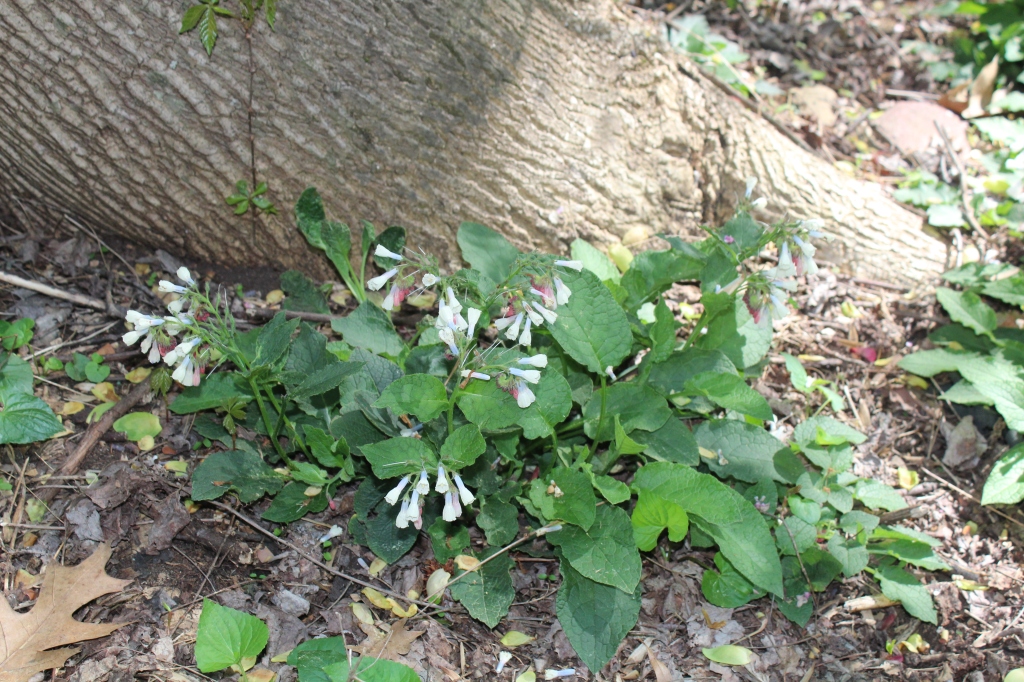
I can’t really call the old garden a natural area now, for a few things survive, including the dwarf comfrey above. It seems quite happy on its own and has spread a bit but stayed generally within its original bounds. This one is not native here, but we do have a native comfrey, Cynoglossum vulgatum.
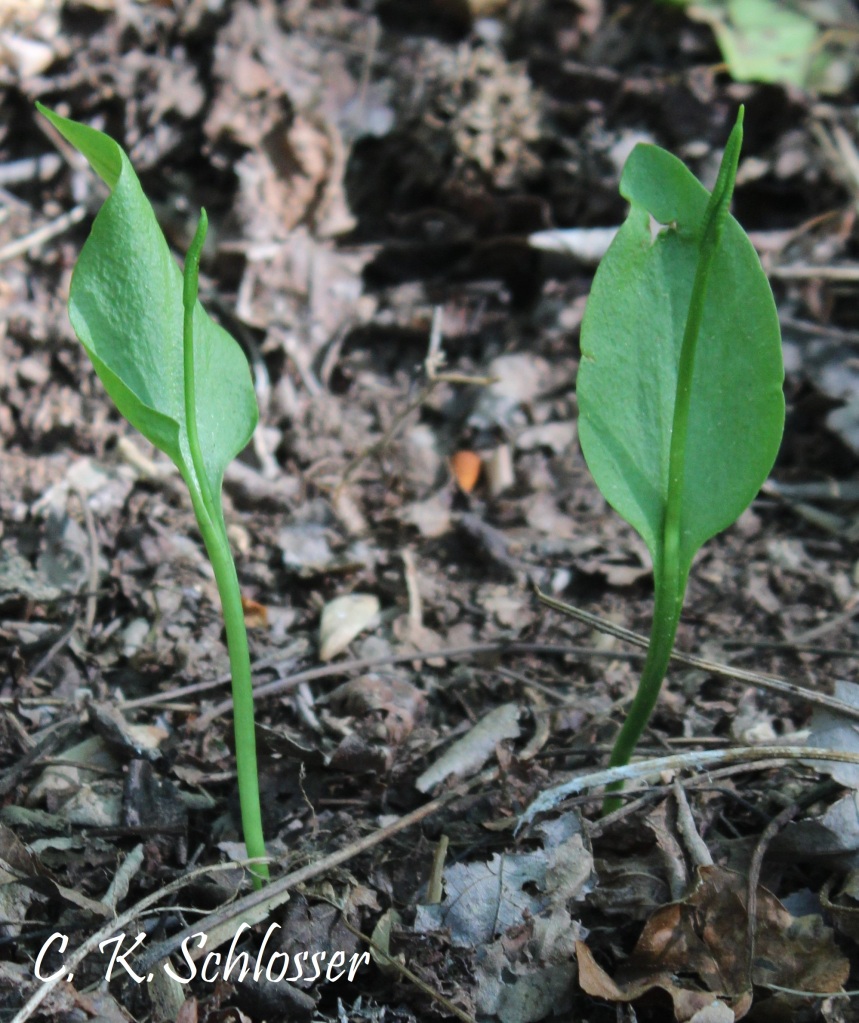
Another delightful surprise was a small colony of Southern Adders tongue, a small single-leaved fern which looks nothing like what you expect of a fern. As you see above, the fern has a fertile spike that grows from the base of the leaf. When the spores are ready, they drop to the ground where they begin the process of creating a new fern if the soil is moist. These were in an area invaded by English ivy (Hedera helix) from a neighbor’s yard. I pulled away what ivy I could and will go back to work more on removing the ivy from my yard. I anticipate a long, arduous task, but the surprises brought by nature are worth the effort. This one will get no bigger, remaining about 6 inches tall. It may not be spectacular or flashy, but is a joy to see.
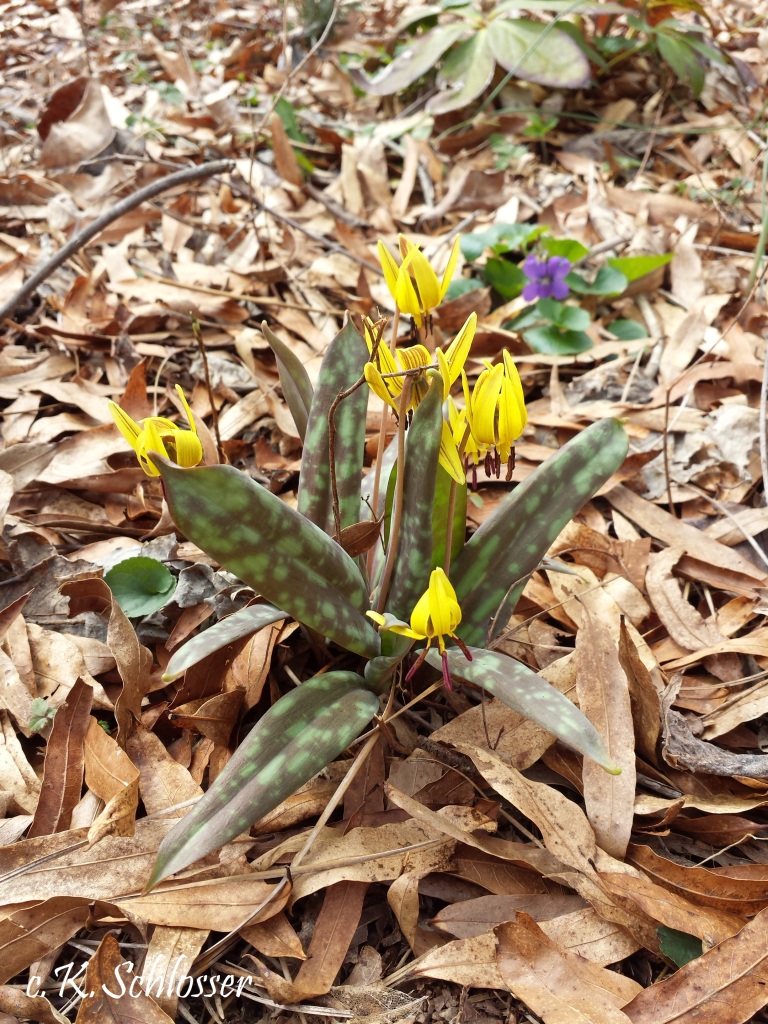
Trout lilies bloom cheerfully, brought in following a plant rescue from a site that was bought by the County and filled to serve as a reservoir for drinking water. The area was loaded with typical Piedmont North Carolina wildflowers and I was privileged to make several visits, bringing plants for local public gardens and a few for my own.
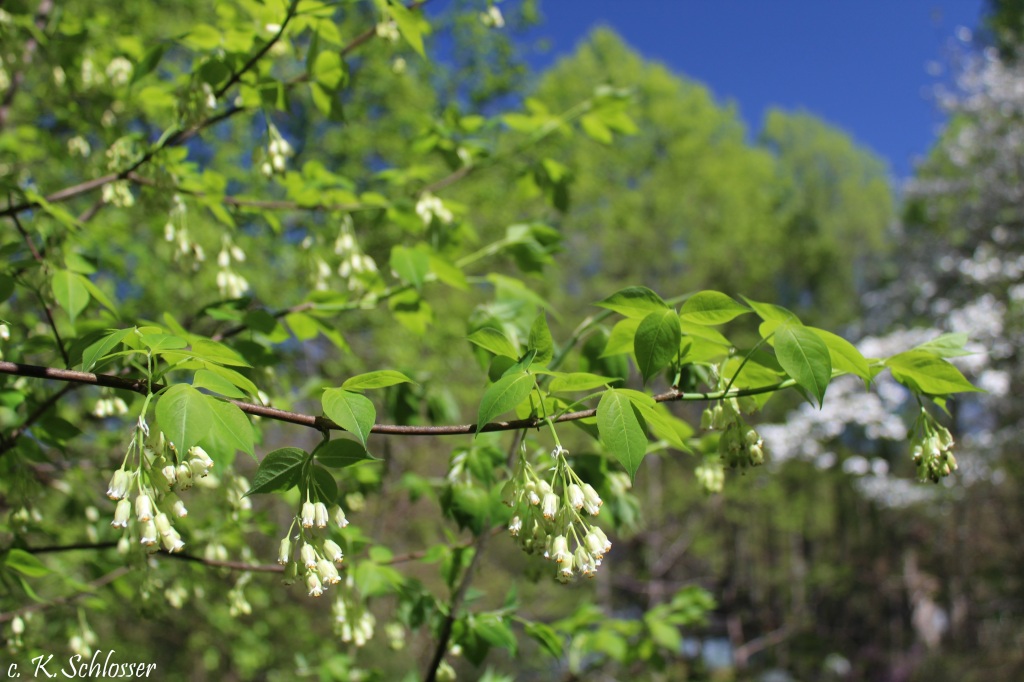
Another beauty brought home from the plant rescue (10+ years ago) is the tree above, an American bladdernut. The delicate bright green leaves are a perfect foil for the pure white bell-shaped flowers that bloom in great abundance. Those flowers are followed by inflated seed pods, also a bright green and about 1.5 to 2 inches long, that will eventually turn tan when the seeds are ripe. A beautiful small tree that isn’t fussy about soil or moisture.
Take some time to explore your yard or garden. Nature may bring some surprises for you, too, if you look closely.
